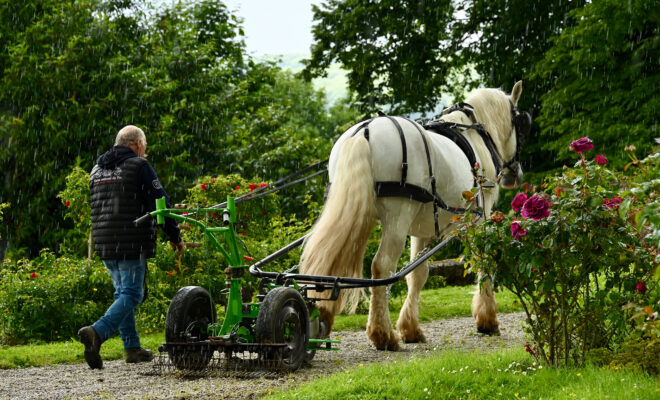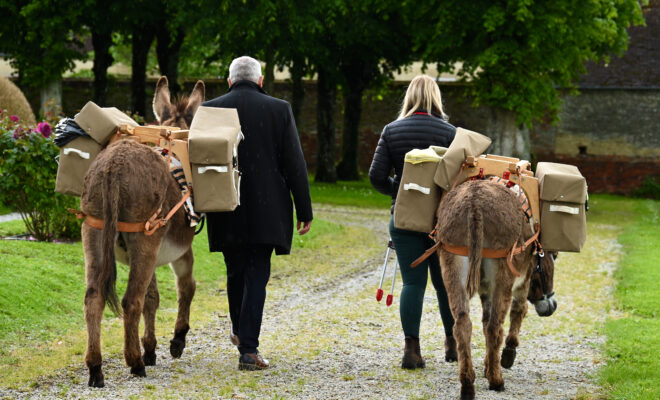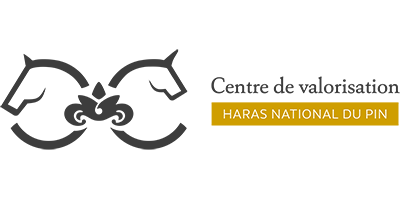Using the territorial horse: Why? Why?
More and more local authorities are using horsepower in their services. It’s a justified asset in economic, social and environmental terms. Draught horses can be used for a wide range of tasks, associated with green spaces (mowing, watering…), roads (sweeping, maintenance…), passenger transport (hippo-bus for schools, tourists…), or waste collection.
The draught horse can also prove an invaluable ally in the management of forested and sensitive areas. Compared with heavy motorized equipment, the use of horses helps to limit soil compaction, which is highly detrimental to underground life.
What’s more, a 35% carbon saving is achieved compared with a motorized waste collection system.
In agriculture and forestry, if we wanted to reduce CO2 emissions, the horse would be the logical choice, since for every tonne of CO2 emitted, the horse will be able to work 331 m2 of land, compared with 19 m2 for a tractor. (source OESC – Les atouts verts des équidés- 2020), or extract 311kg of wood, compared with 80kg for a motorized machine (Source IFCE – 2024).


